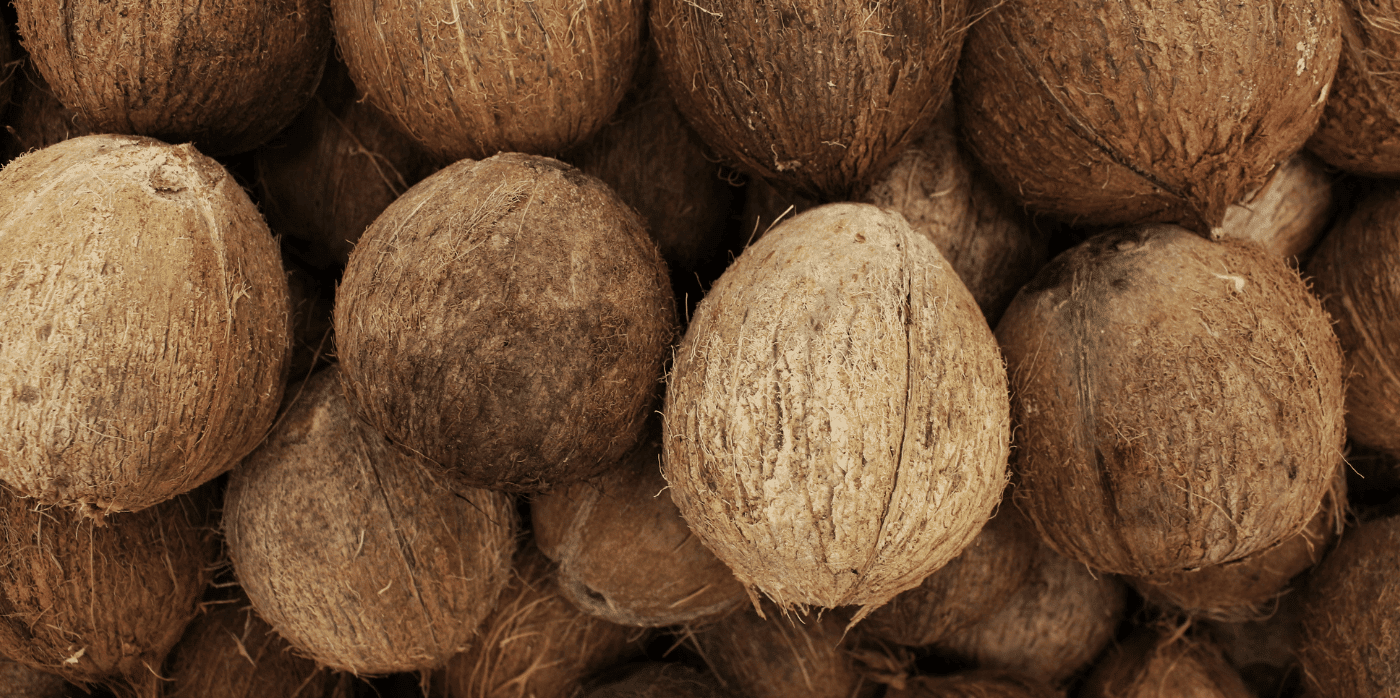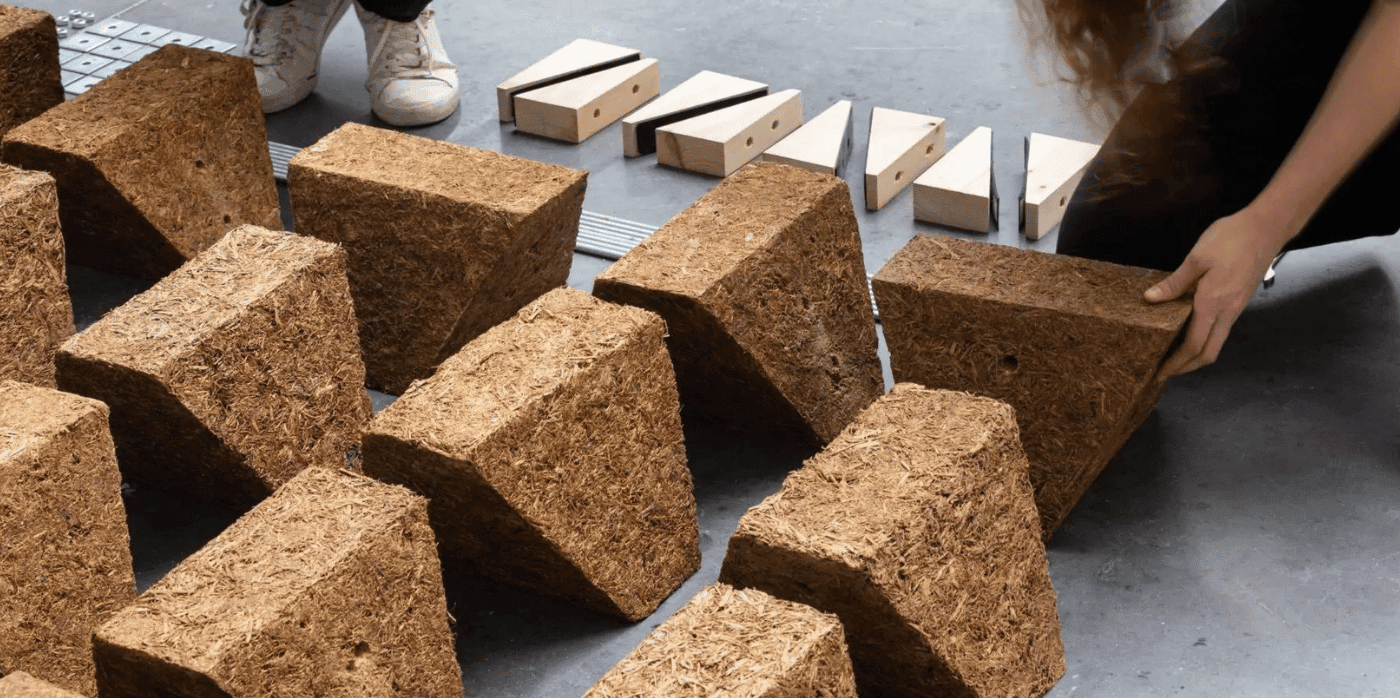Building greener homes with coconuts and sugarcane

Spotted: By 2050, Africa is expected to be home to an additional 1.1 billion people, which is almost 75 per cent of the world’s projected population growth of 1.5 billion people. Analysts believe that 80 per cent of the buildings that will be needed to accommodate that growth have yet to be built. This opens up vast and varied opportunities to develop circularity in urban planning and development, and construction practices.
Ghanian company Ecovon is already working towards more sustainable building practices by upcycling a common agriwaste product into an all-natural, compostable building material. Ghana is one of the world’s largest coconut producers, something the Ecovon founders wanted to take advantage of. The industry produces upwards of 750,000 tonnes of coconut waste each year.
Using coconut husks as the basis for wooden building panels allows farmers and processors to earn additional income while also reducing the amount of organic waste needing disposal. Husks are dried, milled, combined with sugarcane, and then pressed into shape. The production process is carbon neutral and the boards can come in a mix of colours and sizes.
In tests, the resulting panels proved stronger than traditional wood, as well as being much less expensive to produce. They’re also naturally antifungal, flame retardant, and do not use any chemical binding agents. Without those toxins, the boards are fully compostable.
Using the material reduces demand for hardwood, which helps reduce deforestation. Following decades of deforestation in Asia and South America, attention has shifted to include African forests. They are now in serious danger as deforestation across the continent is happening at twice the global average.
From seaweed bricks to invisible solar panels that blend in with historic buildings, innovations in Springwise’s library are finding ways to improve many of the most common construction materials.
Written By: Keely Khoury



